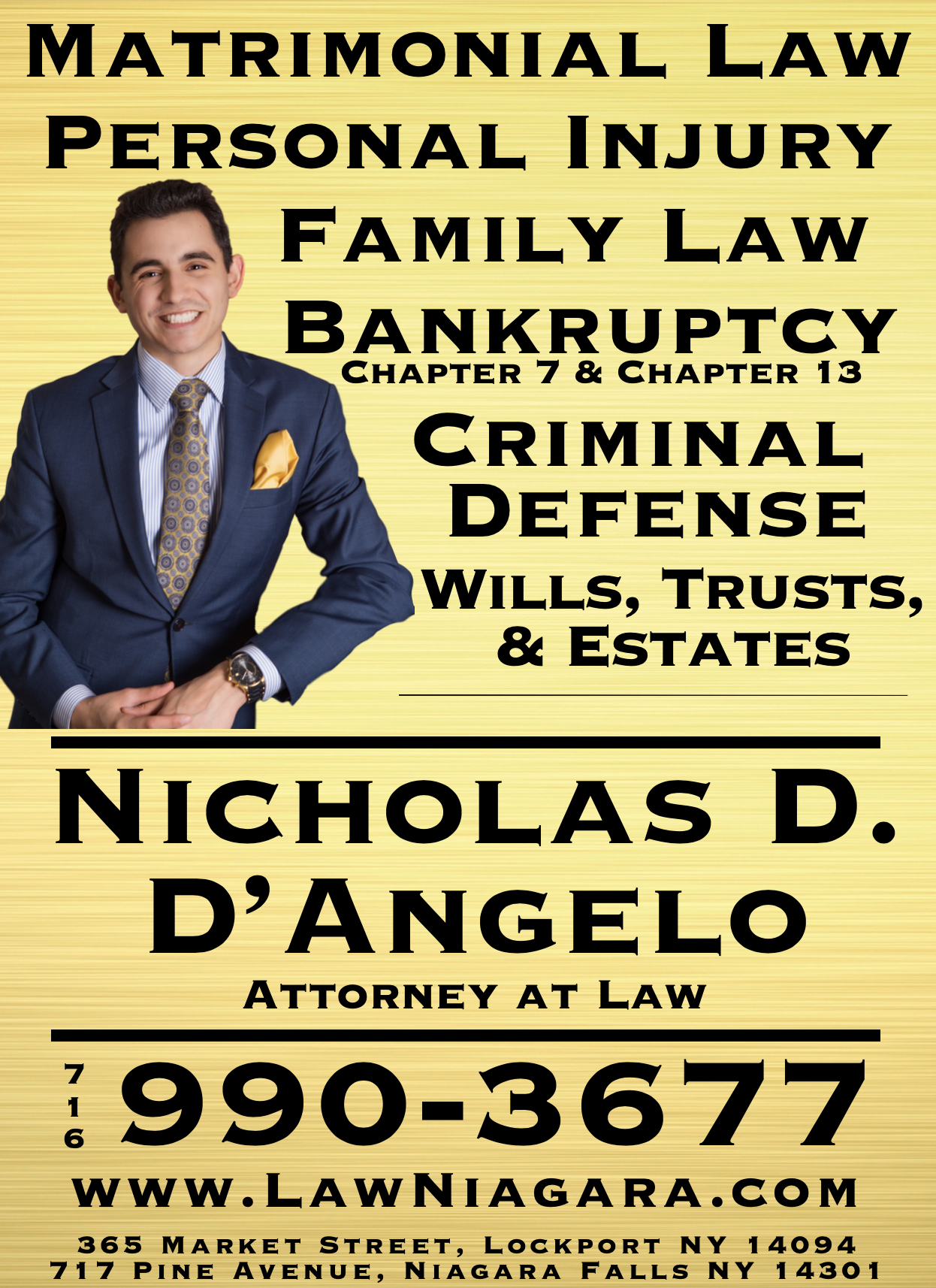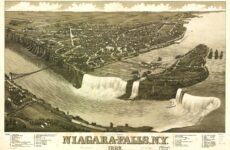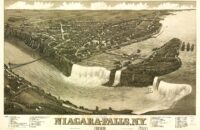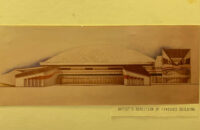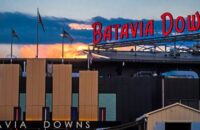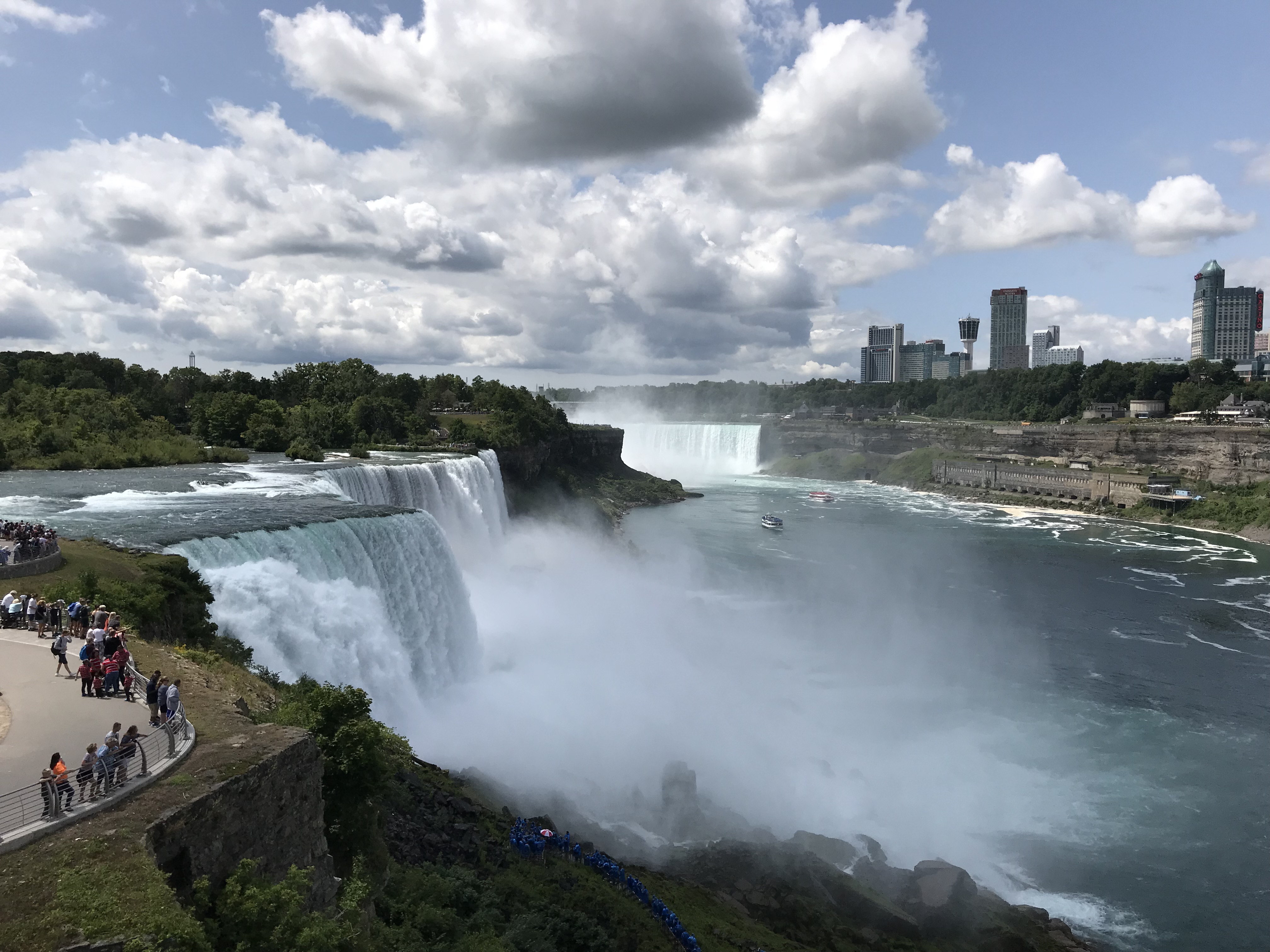Please click the link below to subscribe to a FREE PDF version of each print edition of the Niagara Reporter
http://eepurl.com/dnsYM9

Members of Niagara Falls City Council “disappointed” and “appalled” at process which lead to 4-1 vote rejecting proposed landmark designation for Johnnie Ryan Building
By: Nicholas D. D’Angelo
Analysis
The Niagara Falls City Council found themselves in an unparalleled position Wednesday, May 15th, 2019, according to Council Chairman Andrew Touma.
“This is unprecedented,” said Touma. “It’s probably the first time that it has ever come before council for a vote as to whether the government can force a private individual to change the status of their building after purchasing it.”
For those unfamiliar with the situation, a private owner of 822 Niagara Street, also known as the Johnnie Ryan Building, had finished the costly process of asbestos removal before having an application for a demolition permit denied by Seth Piccirillo.
At some point between applying for the permit for demolition and the denial, the Niagara Falls Historic Preservation Commission met and voted to designate the property as a “landmark.” The status would have effectively taken away the owner’s ability to do with the property what he wanted.
The denial then led to litigation in Niagara County Supreme Court where the Honorable Daniel Furlong, J.S.C., gave the Niagara Falls City Council a May 16th, 2019, deadline to designate the property as a landmark.
Piccirillo, Director of Code Enforcement and current Mayoral Candidate, injected himself into the process even after denying the demolition permit by posting a video and blog on his campaign website and Facebook page discussing his idea for a land value tax. The video was posted one day prior to the Council’s vote on its landmark status.
Almost as if the denial of the demolition permit was to further his idea for a land value tax, Piccirillo argued, while directly referencing the Johnnie Ryan Building, “our city’s two-tiered tax system punishes small businesses. Meanwhile, land speculators comfortably occupy acres of vacant land that could be used for development. The solution to these problems is to work with New York State to implement a Land Value Tax.”
Piccirillo was noticeably absent from the City Council meeting where the council denied the landmark status he was publicly in favor of issuing. In fact, by voting to reject the proposal to designate the Johnnie Ryan Building as a landmark they essentially overrode Piccirillo’s decision to deny the demolition permit and approved it themselves.
Mayor Paul Dyster, attempting to come to the aid of Piccirillo and the Historic Preservation Commission, stated, “in defense of the historic preservation commission, which is appointed by the council and not by the mayor, they acted in the appropriate fashion when they became aware of the situation.”
However, documents available on the City website show this not to be the case as the mayor does appoint three of the seven members of the commission.
“The problem here,” said Councilman Ken Tompkins, “was that the private owner had already received the permit to shut the water off at the street. When you shut the utilities off at the street there is no question what is going to happen.”
Dyster then responded, stating, “and it was after that the historic preservation committee acted.”
Council Tompkins, rebutting Dyster, said, “that’s not true. It wasn’t until someone drove by and saw them removing asbestos removal that this kicked into gear. We were a little bit behind on this from the beginning.”
Other Council members did not parse words when discussing the position this put them in.
“I think this really exposes the fact that we need to start a discussion with our code enforcement department and planning department,” said Councilman Ezra Scott, “and the way that they are working together and communicating because if those departments were working in a functional manner this would not have even gotten this far.”
“Don’t wait for someone to say, ‘I think I want to knock down a building, or put a new façade on it,’ said Councilman Chris Voccio. “Come now and we can make a determination in a rational mindset instead of an emotional one.”
Council Chairman Touma summed it up succinctly, stating, “the fact that it is even before us is embarrassing to tell you the truth.”
“A lot of the residents that I spoke to are quite frankly appalled that we would force a private developer to change the status of his building,” continued Touma. “What are we saying to developers in the future if they are going to purchase a piece of property and then we come in and change its status after the fact. In this city we need less red tape and to be more business friendly and work with our business owners. I don’t think this is the way we want to conduct business.”
The only council member to vote to proffer the landmark designation was Councilman Bill Kennedy. While discussing the vote, Councilman Kennedy said that he “wanted to be on record” as “want[ing] to see [the building] stay.”
In fact, Kennedy even went so far as to say that Niagara Falls Redevelopment, which had been a prevalent topic of conversation earlier in the day on various Niagara Falls social media pages, was involved. “We all know what they’ve done Downtown,” said Kennedy.
To his credit, Mayor Dyster even admitted the process was not perfect. “What needed to happen here,” said Dyster, “was that anyone who had an inkling about possible demolition. . . the first person who heard that it should have rung a bell.”


